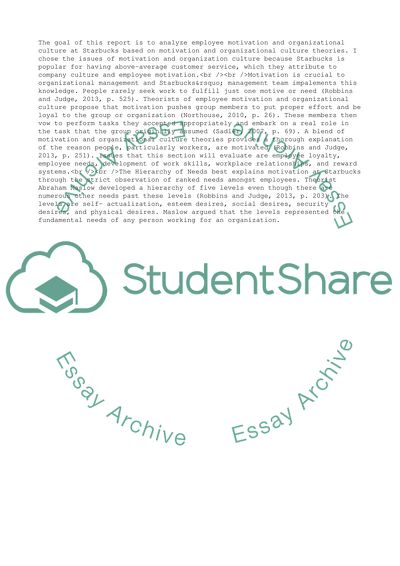Cite this document
(Introduction to Organisational Management: Starbucks Coursework Example | Topics and Well Written Essays - 1750 words, n.d.)
Introduction to Organisational Management: Starbucks Coursework Example | Topics and Well Written Essays - 1750 words. https://studentshare.org/management/1850888-introduction-to-organisational-management
Introduction to Organisational Management: Starbucks Coursework Example | Topics and Well Written Essays - 1750 words. https://studentshare.org/management/1850888-introduction-to-organisational-management
(Introduction to Organisational Management: Starbucks Coursework Example | Topics and Well Written Essays - 1750 Words)
Introduction to Organisational Management: Starbucks Coursework Example | Topics and Well Written Essays - 1750 Words. https://studentshare.org/management/1850888-introduction-to-organisational-management.
Introduction to Organisational Management: Starbucks Coursework Example | Topics and Well Written Essays - 1750 Words. https://studentshare.org/management/1850888-introduction-to-organisational-management.
“Introduction to Organisational Management: Starbucks Coursework Example | Topics and Well Written Essays - 1750 Words”. https://studentshare.org/management/1850888-introduction-to-organisational-management.


